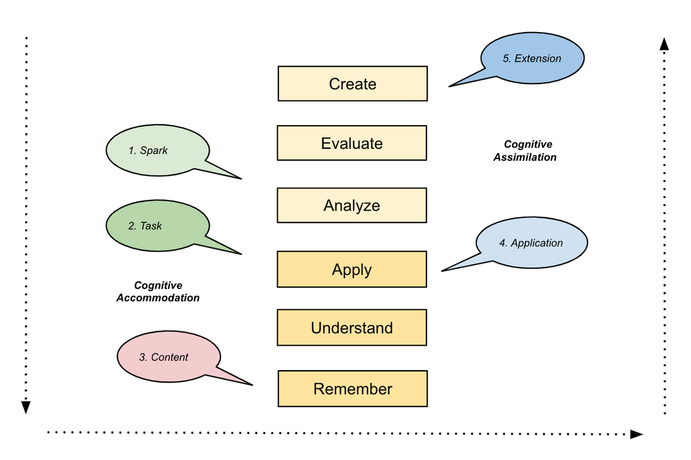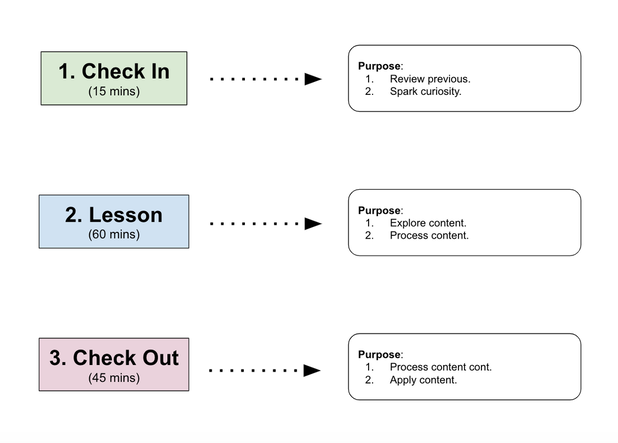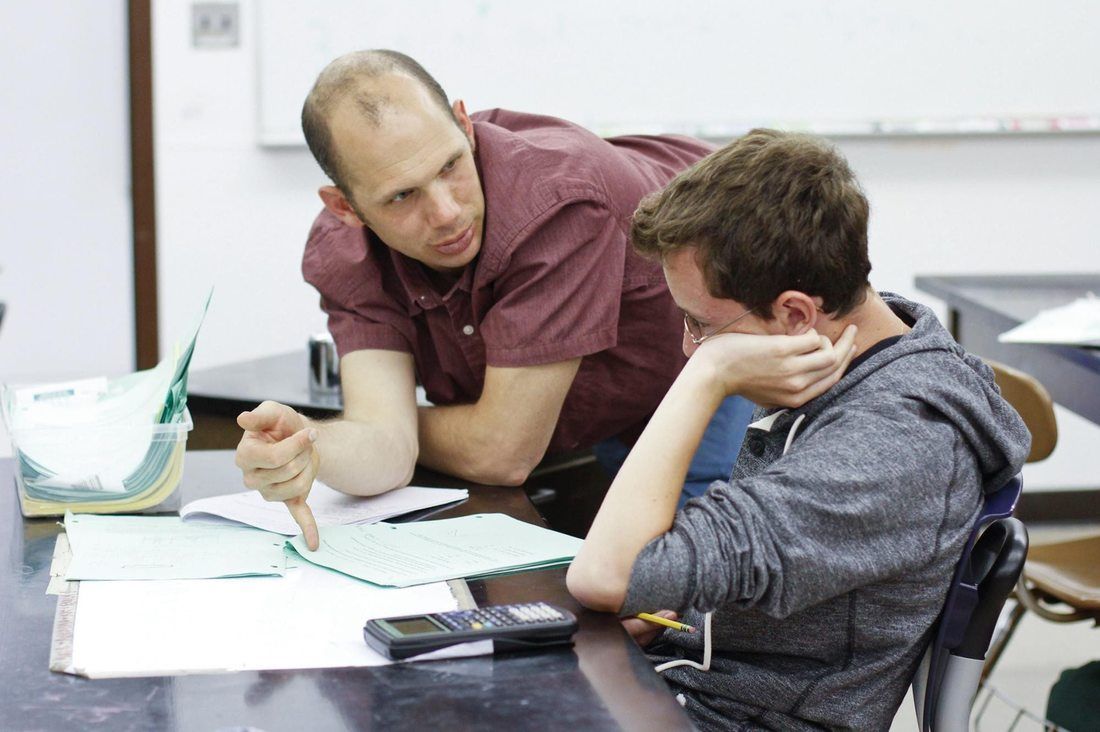|
|
|
Since the start of summer I have the opportunity to work with a myriad of teachers and schools as they prepare for the the inevitable chaos of developing new and meaningful systems/schools in the context of the even changing COVID-19 Pandemic landscape.
Rather than focus on technology, I have been stressing pedagogical structures and cycles to help inform the lesson planning process in a way that can transcend whatever "blended" or "distance" or "hybrid" learning approach school leadership decides. Myself and my colleagues are deep in this process of our own reflection as well. I am true believer in inquiry and delaying direct instruction long enough to build student desire for information. This method, in my mind, transcends discipline, and is a solid pedagogy that technology can then be added to as a strategic partner to empower learning. There are many structures and systems in place that help teachers visualize inquiry and lesson plan accordingly. The 5E Learning Cycle, and its coincidental overlap with the Hero's Journey are two that I share often. Last week, a different structure resonated with the teacher's I was collaborating with. In this new model Bloom's Taxonomy is used as the central focus of the learning cycle. In this model, teachers begin their planning cycle at the top of the Bloom's level challenging students to complete tasks in creative tasks that require evaluation and analysis with little background knowledge. Once student questions surface, and help is needed/requested information to promote understanding and remembering is relayed in the form of direction instruction. Once new knowledge is in hand, students then travel back up applying assimilated information, evaluating new scenarios, and producing new creations. To quote a teacher in yesterday's workshop: I really like the 'Bloom's Walk Around' planning model because it addresses both the 'type' of task (Bloom's) and how difficult the task is (Depth of Knowledge). We start planning with simpler, higher Bloom's tasks, then once we turn the corner, we transfer basic content to student to fill in gaps in knowledge. We then climb back up, planning tasks become more difficult in nature. This model incorporates inquiry, but also type, and depth of learning. See the image below for visual of "Bloom's Walk Around" model and click here for downloadable drawing: As the summer approached I became more and more conflicted as to how to assess my students. Many options existed including timed, self grading quizzes in Google Forms, video assessments via FlipGrid, etc. To simplify things, I elected to use a Google Doc template for all assessments where students completed responses and calculations and then shared the doc with me for assessment.
Inherent to the above process was TRUSTING that students would do the work individually, without notes or text, given that no systems existed within the technology I was using to ensure individual work. Moreover, the thought of doing live assessments over Zoom where I could see students working via web cam did not sit well with me. That being said, I still had a hunch, that some student answers, primarily questions that were algorithmic in nature (Stoichiometry, etc.), were not authentic. During the last few weeks of distance learning, I created new format/template for all calculation-based questions that, in addition to requiring a correct numerical answer, also involved reflection in a such a way that could not be "Googled", forcing students to reflect on their understanding of the process they employed to arrive at their answer AND a conceptual explanation of the phenomena at hand. Essentially, I was trying to create a meaningful format for assessing in the distance learning setting driven by the question structure NOT the technology. Below is an example of an initial question, and then a modified version that incorporates a second meta-reflection piece to assess for potential (for a lack of better word) "cheating" in the distance learning setting: Initial Question Example
Modified Question Example
The template used in the modified question above can be layered on top of any calculation in my chemistry class. With respect to grading, I chose to award 1 pt for the correct answer to #1 in the modified version, and 4 points for the meta-reflection piece. One point for each answer within the template. The modified process accomplished two things: First, it added an assessment where, even if the calculation portion was one gathered via a system such a Wolfram Alpha, etc. (see example solution to above problem here), students would be forced to reflect on their process, something that could not be generated online. Second, by allocating more points to the reflection process, a message was sent that I valued that process more than the calculation, setting a precedent that I hope to carry into the face-to-face instruction...whenever that resumes. Full disclosure: The modified version is MUCH harder to grade. So yeah, there's that :). The cognitive dissonance behind using the assessment as a learning tool. Never easy. Since concluding emergency/triage distance learning during the COVID-19 pandemic, I have spent the first two weeks of the summer facilitating online professional development for various schools and districts as they prepare for the inevitable integration of some form of distance learning in the fall.
In preparation for keynote presentations and breakout sessions, I forced myself to create a simplified model of the online teaching structure that I implemented in my own classes. Click here, and see the screenshot below, for the model that I ended up with after weeks of iteration per student feedback over 10 weeks of online teaching. Click here for a variation of the model that includes links to sample lessons that fit within each phase represented in the model. Click here or here if your school is interested in collaborating around professional development in preparation for the upcoming fall semester. Click here if you are are interested in collaborating in a personalized 1-on-1 fashion. |
Categories
All
Archives
March 2024
|



 RSS Feed
RSS Feed